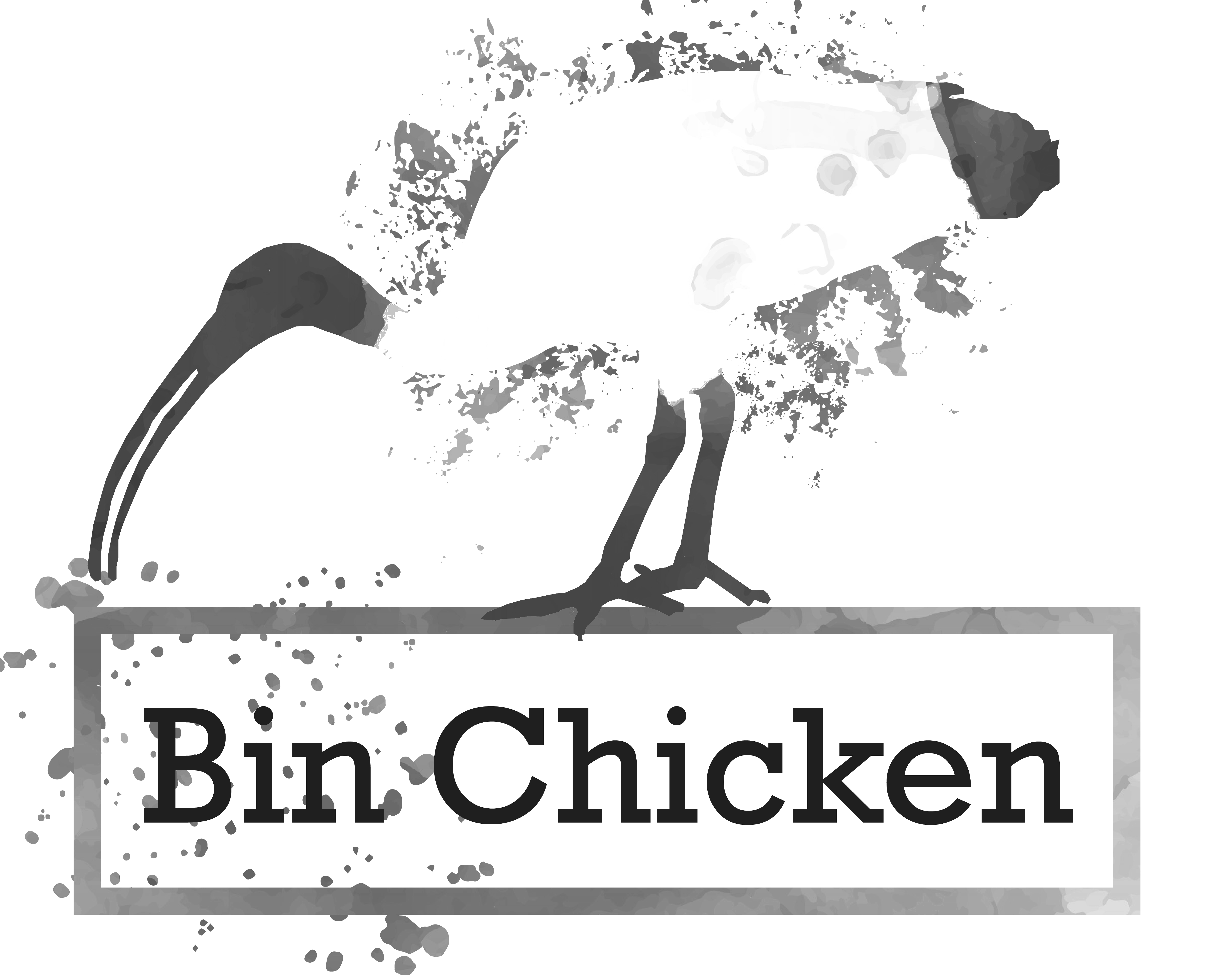Installation
There are several ways to install Bin Chicken
System requirements
The purpose of Bin Chicken is to suggest sets of samples for coassembly. The coassembly process can use upwards of 250GB of RAM and 32 cores, so we recommend running on a HPC system if you intend to assemble and recover genomes.
Bin Chicken is supported for Linux (tested on SUSE 12.5). Specific dependencies are listed in binchicken.yml. Bin Chicken uses many independent pixi environments for different tasks. These environments are listed in pixi.toml. See setup for environment and database setup.
Install from Bioconda via Pixi
Create pixi.toml file:
[workspace]
channels = ["conda-forge", "bioconda"]
name = "binchicken"
platforms = ["linux-64"]
[dependencies]
binchicken = "*"
Create pixi environment.
pixi install
# Either run within your current environment
pixi run binchicken -h
# Or enter the environment
pixi shell
Install from Bioconda via Conda
Install latest release via conda.
conda create -n binchicken -c bioconda -c conda-forge binchicken
# Activate the environment
conda activate binchicken
Install from pip
Create the environment using the binchicken.yml file then install from pip.
conda env create -n binchicken -f binchicken.yml
conda activate binchicken
pip install binchicken
Install from source
To install from source, we recommend using pixi.
Create conda env from binchicken.yml and install from source.
git clone https://github.com/AroneyS/binchicken.git
cd binchicken
pixi run postinstall
Then binchicken can be run using pixi run (or via pixi shell).
pixi run binchicken --help
When installed this way, binchicken is installed in an "editable" way (similar to pip install -e .),
meaning that any changes made to binchicken source are immediately available via the binchicken command.
This is useful for development and debugging.
When run this way, the databases required for binchicken (e.g. CHECKM2DB) can be symlinked from a db/ directory in the binchicken repository.
An activation hook then ensures that these are available when in the pixi environments.
To do this, create a db/ directory in the binchicken repository and symlink the required databases into it.
To check the expected database symlink names, see admin/set_env_vars.sh in the binchicken repository.
The advantage of this approach is that locations of the databases are not tracked in the repository, since they are specific to the computing cluster of the user.
Powered by Doctave
